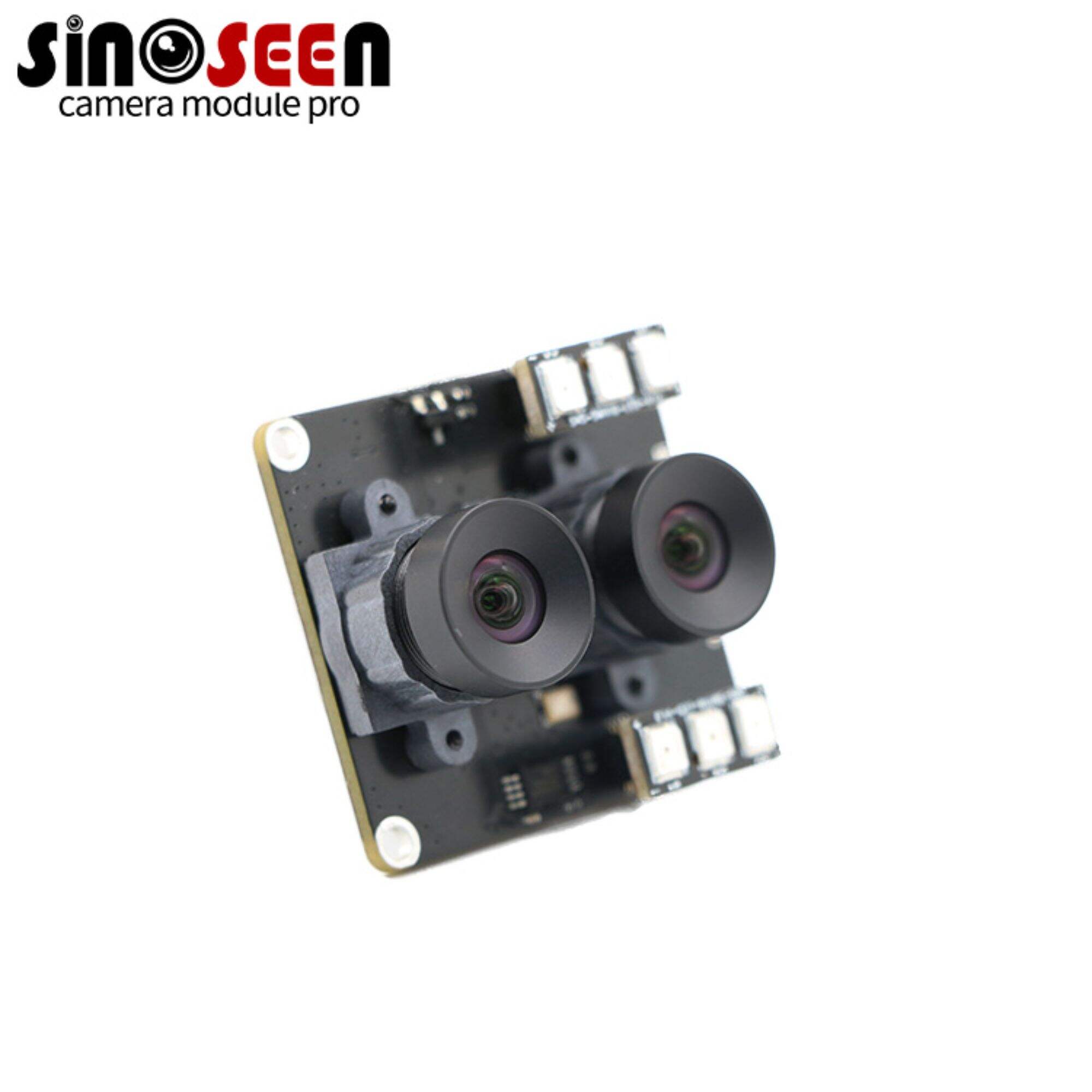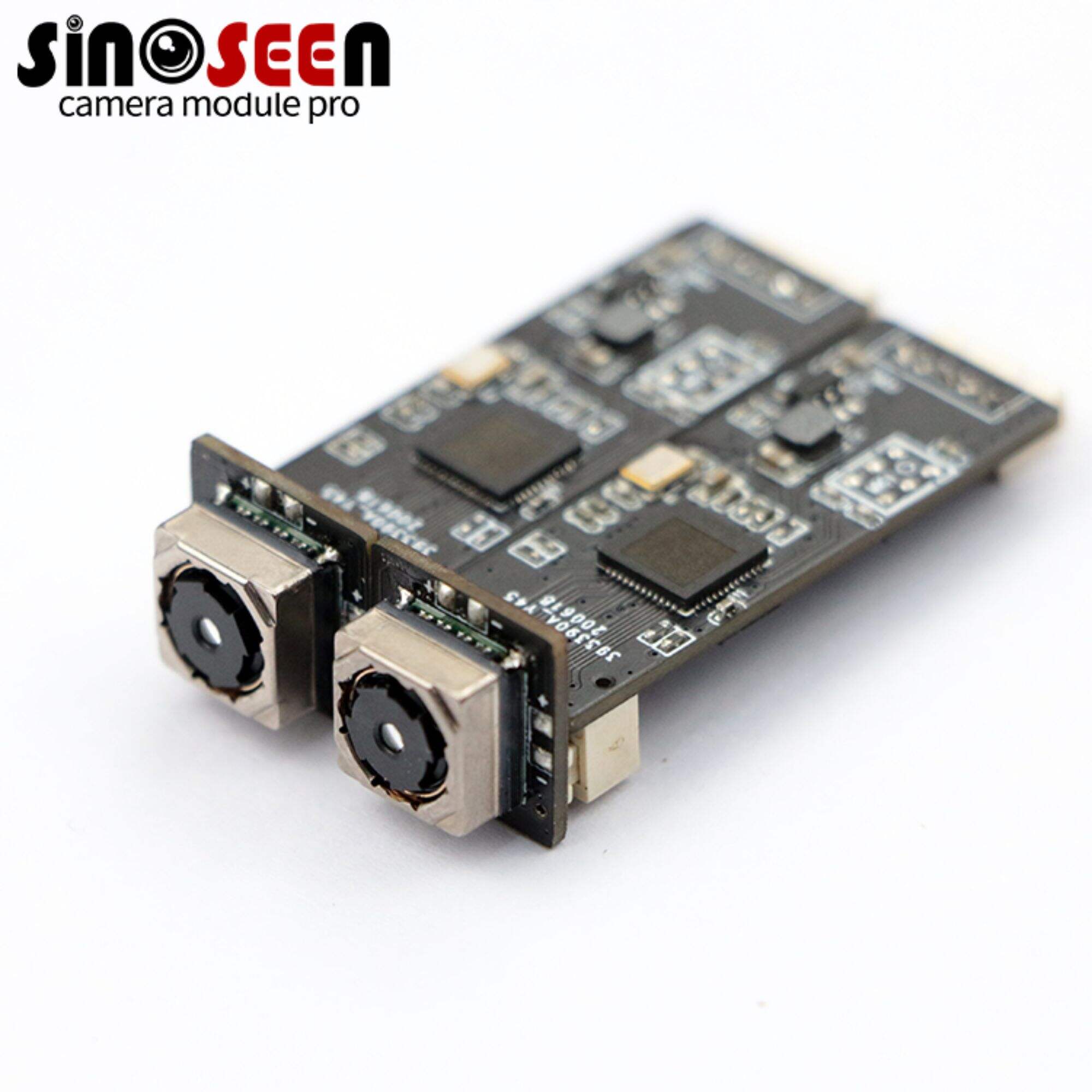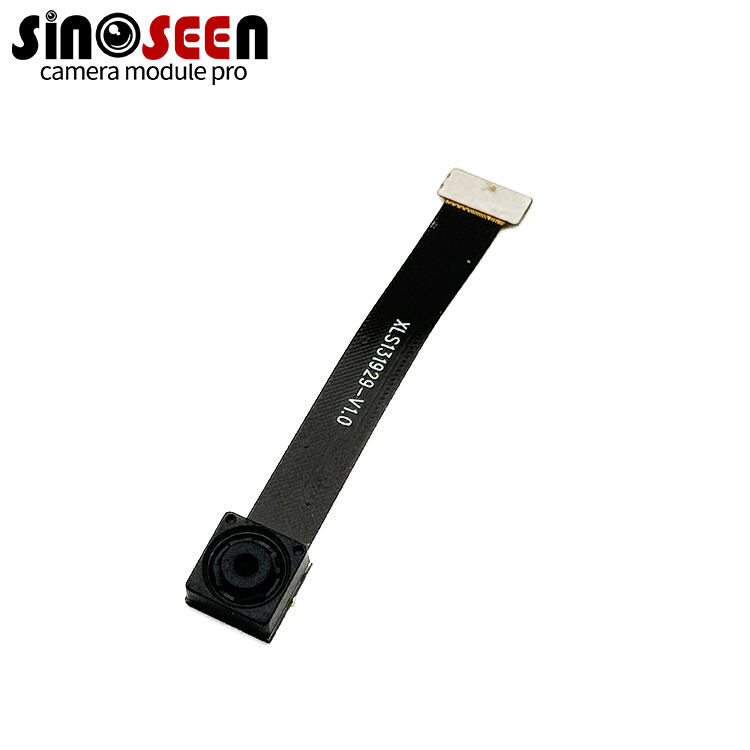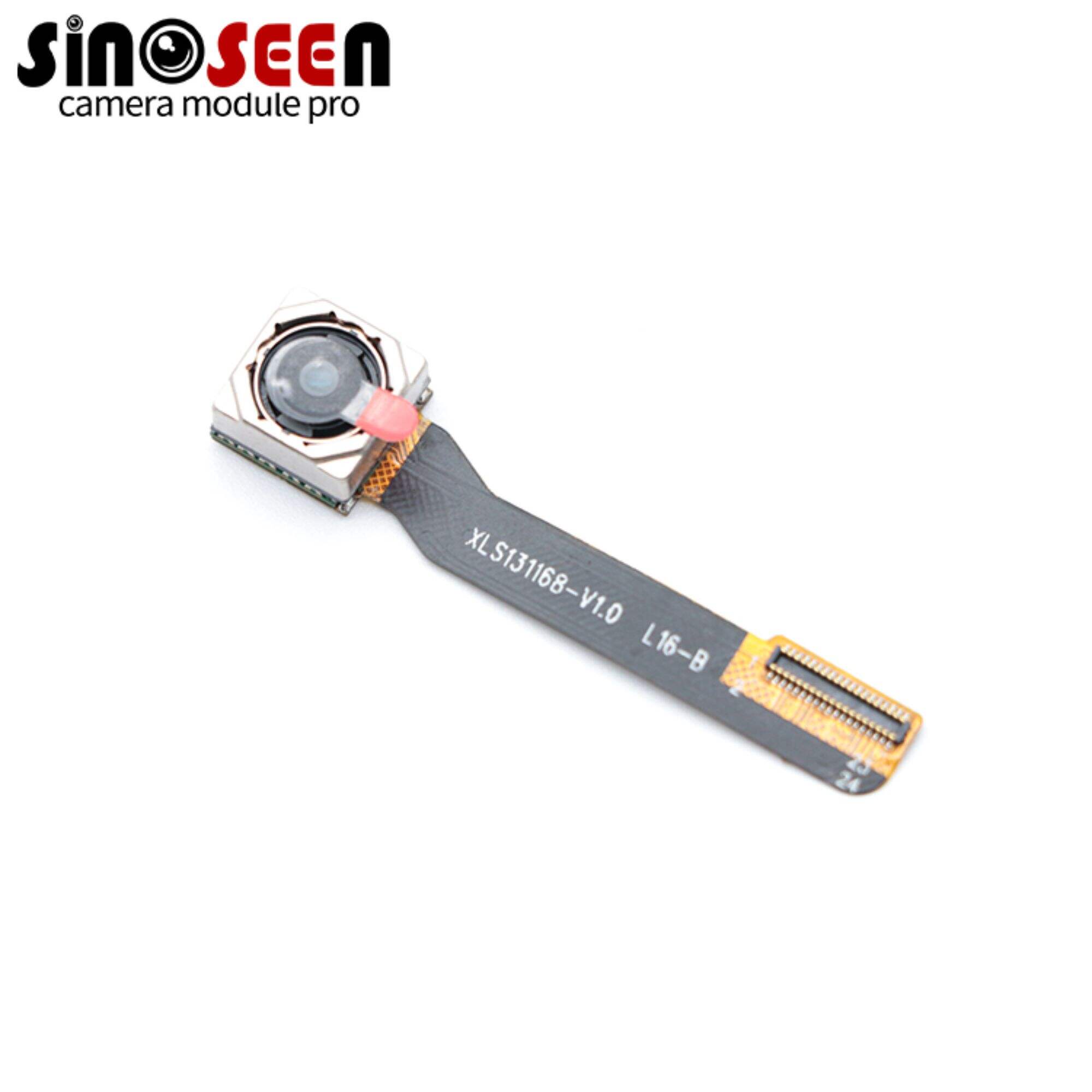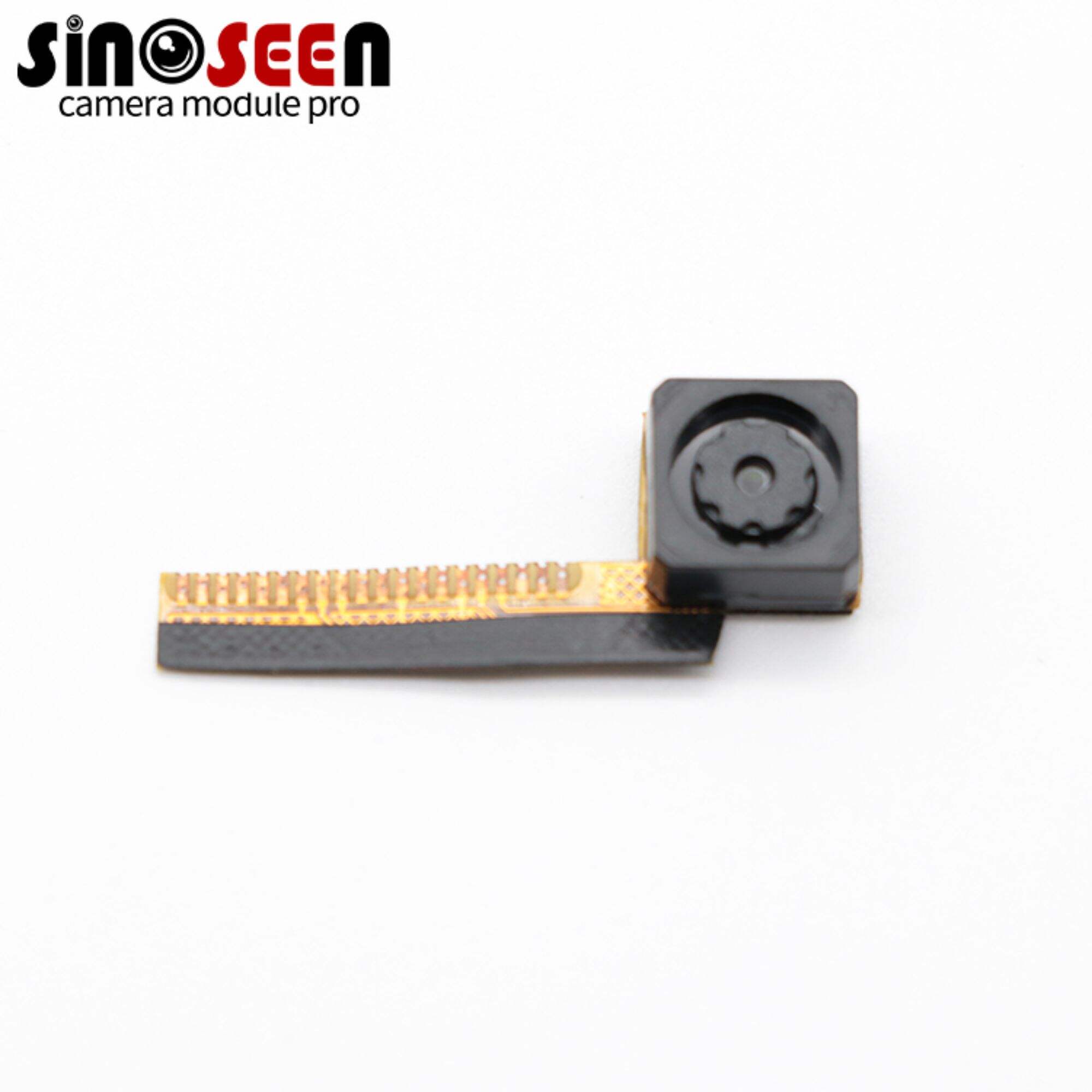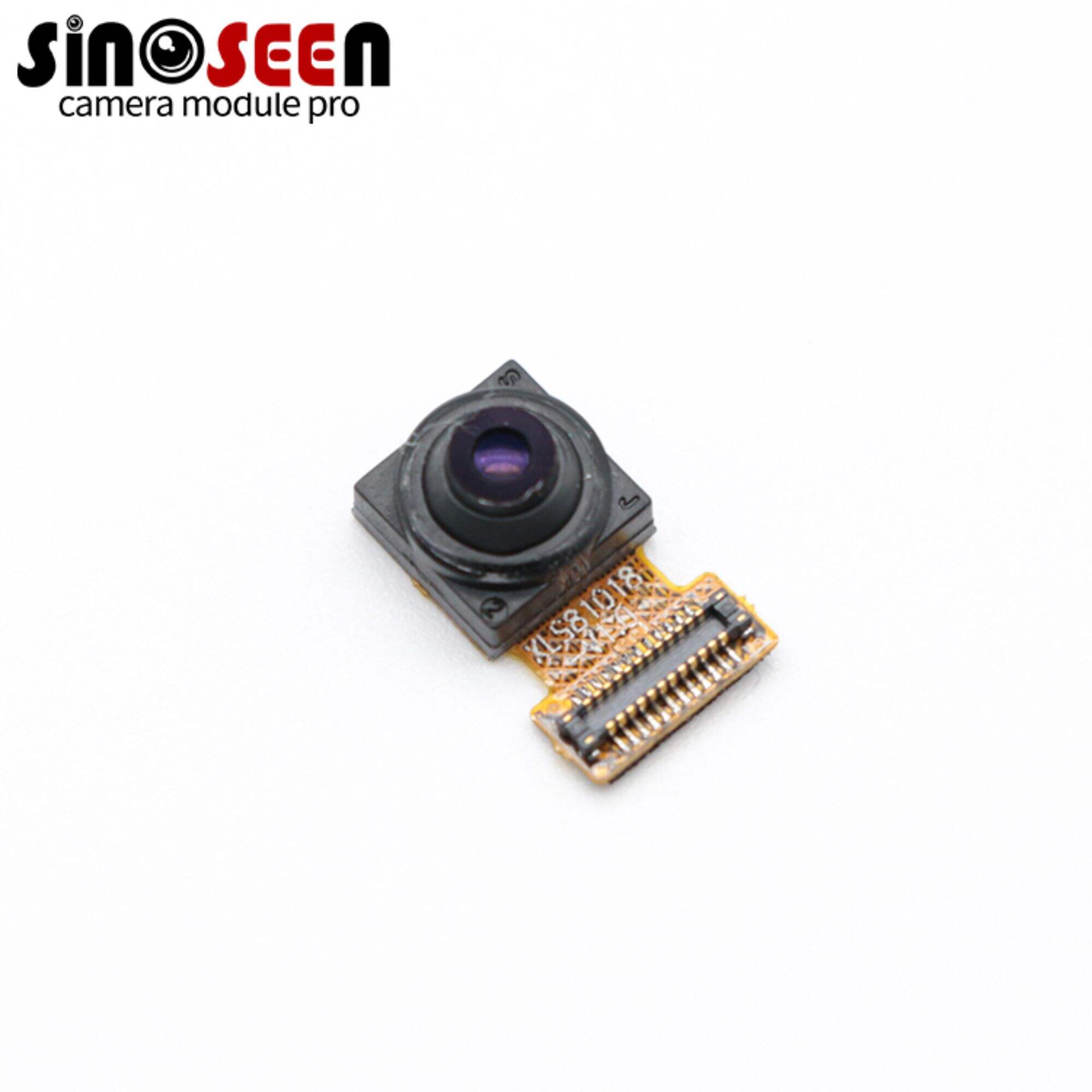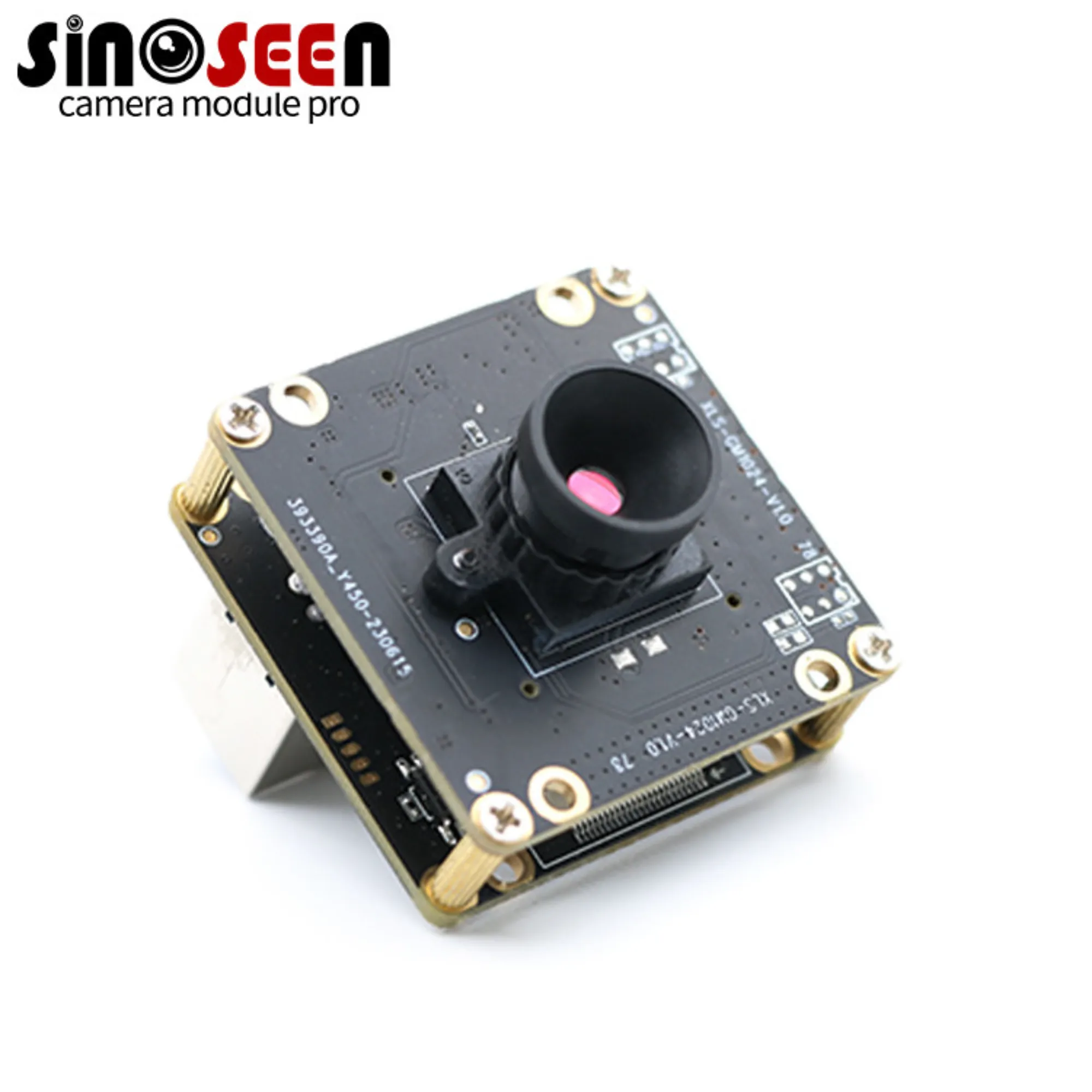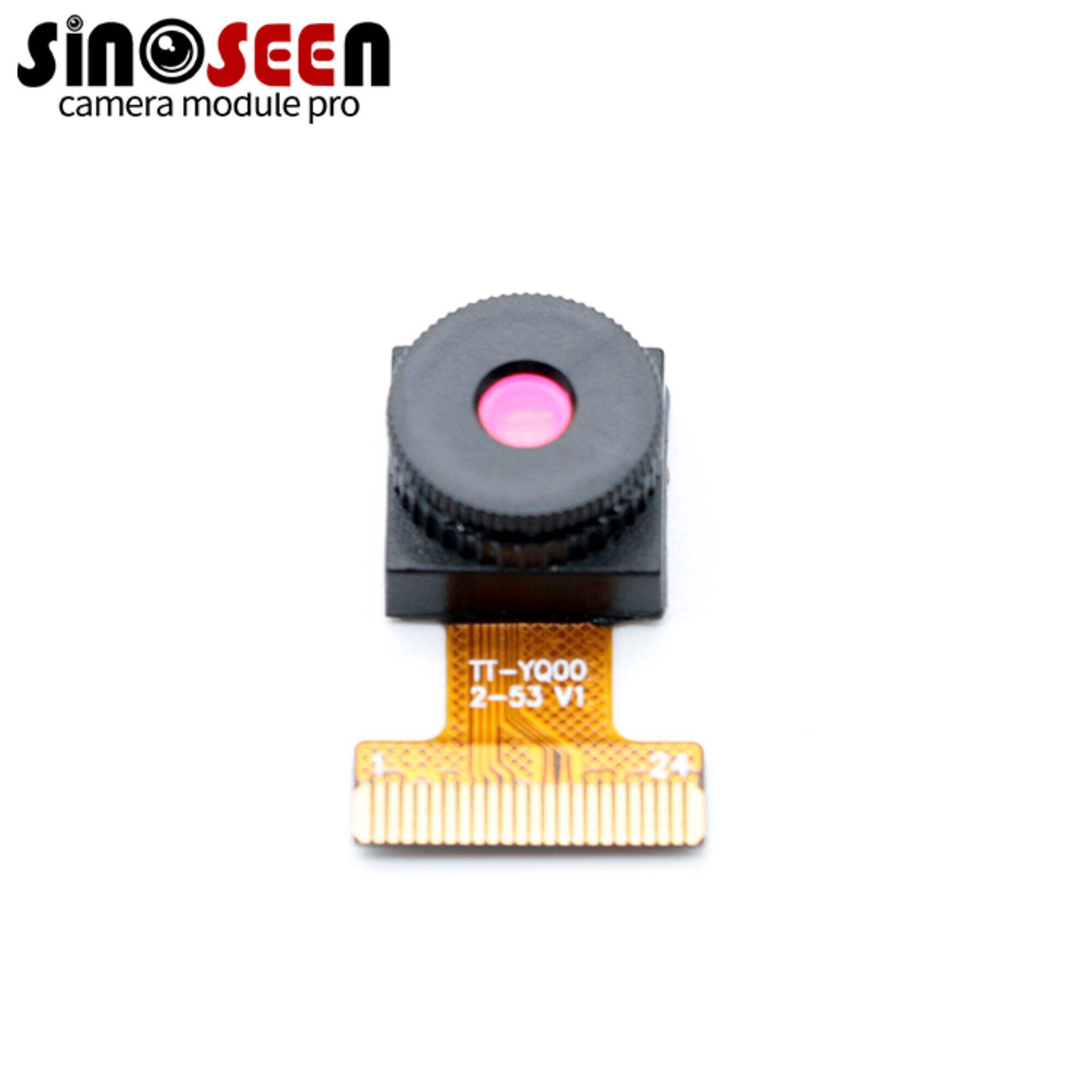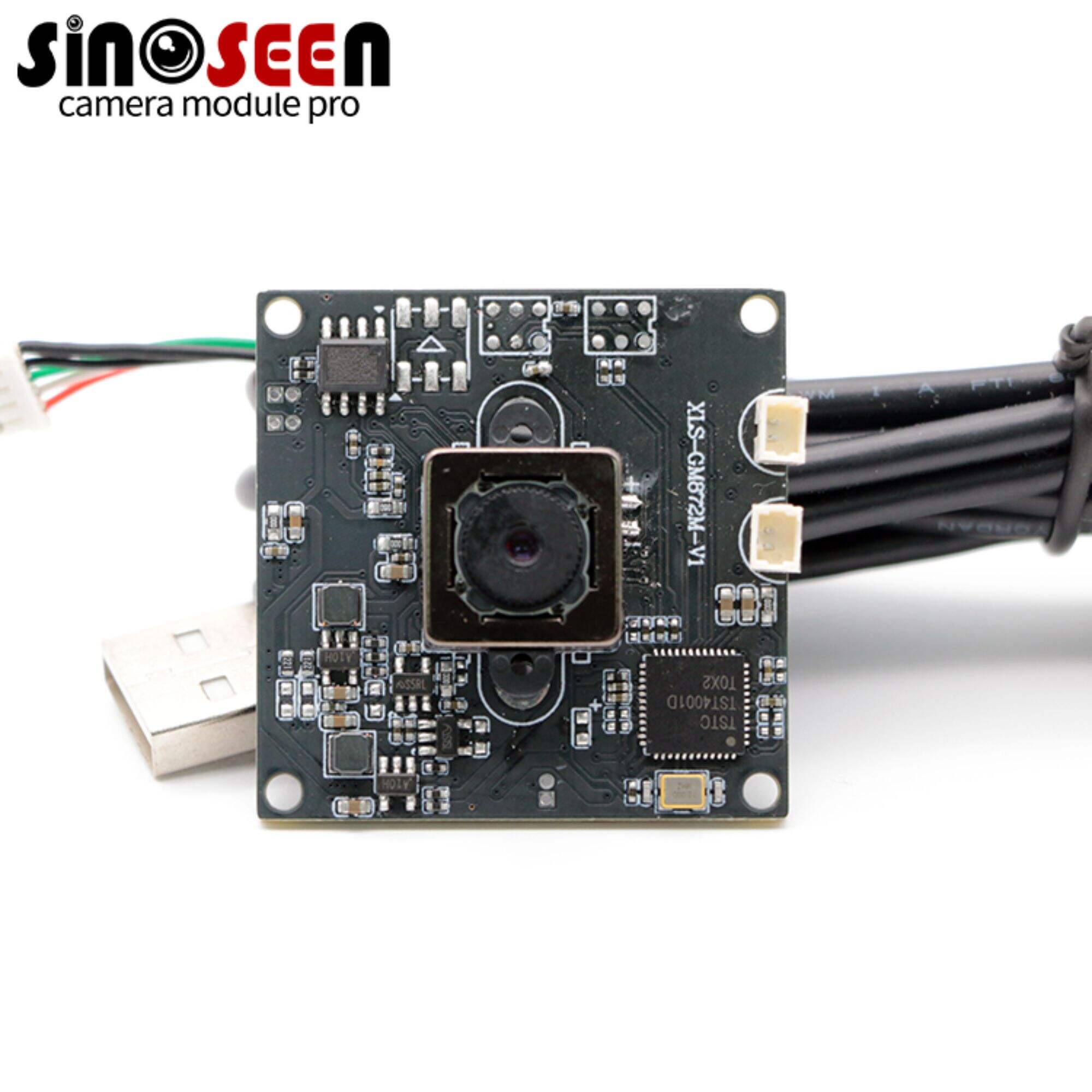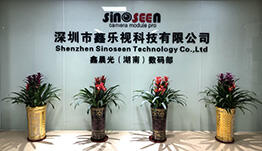What is the difference between CCD sensor and CMOS sensor night vision
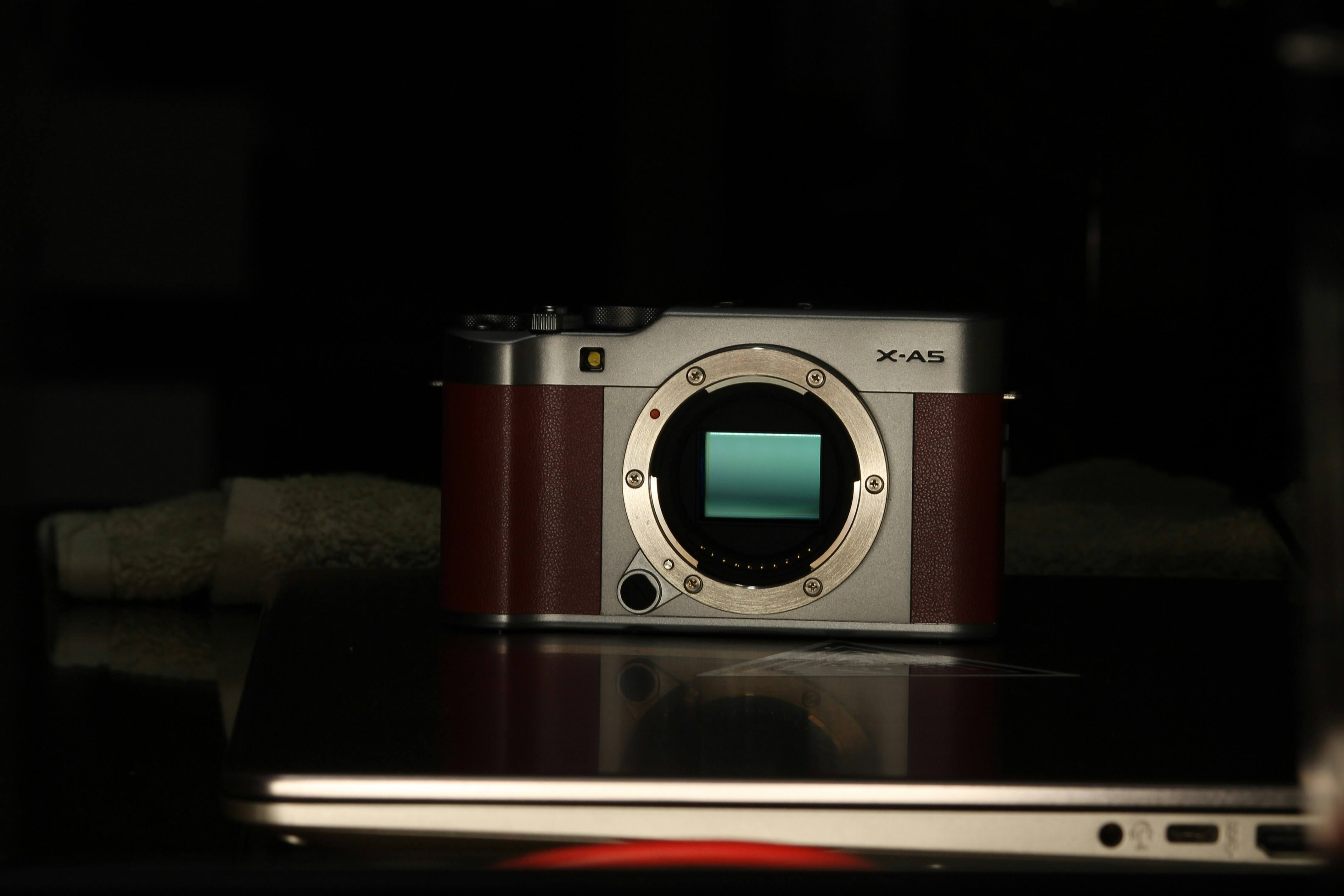
CCD (Charge Coupled Device) and CMOS (Complementary Metal Oxide Semiconductor) are two of the most commonly used sensor technologies in the world of digital photography and video capture. As such, when utilized in night vision devices, their unique features as well as differences become important. The article will therefore delve into the application of CCD and CMOS in night vision technology along with its main differences.
Technical principles
1. CCD (charge-coupled device)
The core element involved in a CCD is charge storage and transfer technology. At night the CCD sensor turns light into electric charges via its photosensitive element that are then transferred using specific charge-transport mechanism to a readout register located on the periphery. With this technique, CCD can maintain consistency of signal throughout image readout.
2. CMOS (Complementary Metal Oxide Semiconductor)
CMOS sensors work according to completely different principle. In this case, every CMOS pixel has an independent signal amplifier which translates optical signals directly into electrical signals. This design allows for greater flexibility and faster pixel data reading with CMOS sensors.
Performance Characteristics
1. Reading speed and power consumption
Typically, due to progressive scanning read-out method, CMOS sensors are faster than their counterparts constructed based on CCDs concept while reading out images. Additionally, when reading pixel data they only require electrical energy hence their power consumption is relatively low compared to that consumed by other types of sensors like those based on CCD’s concept that requires continuous current to keep charge transfers maintained thus consuming much more power.
2. Resolution and Noise
Noise problems as well as distortions at high resolutions tend to be brought about by separate amplifiers attached to each pixel accompanied by associated noises found in a given CMOS sensor mostly during these times of high resolution imaging fabrication stages by semiconductor processes within it . However , high – end modern aged day CMOS sensors have enabled themselves to achieve resolution and image quality that are on par with CCDs. Conversely, charge transfer method results in CCDs having a higher resolution as well as less noise compared to the CMOS counterparts.
3. Dynamic Range and Highlight Overflow
CMOS sensors usually tend to overexpose highlights or lose details in shadows thus making them less appropriate for capturing high contrast scenes. On the other hand, CCDs caused a global shutter leading to higher dynamic range and charge transfer method hence better adaptedness of varying brightness levels within a scene.
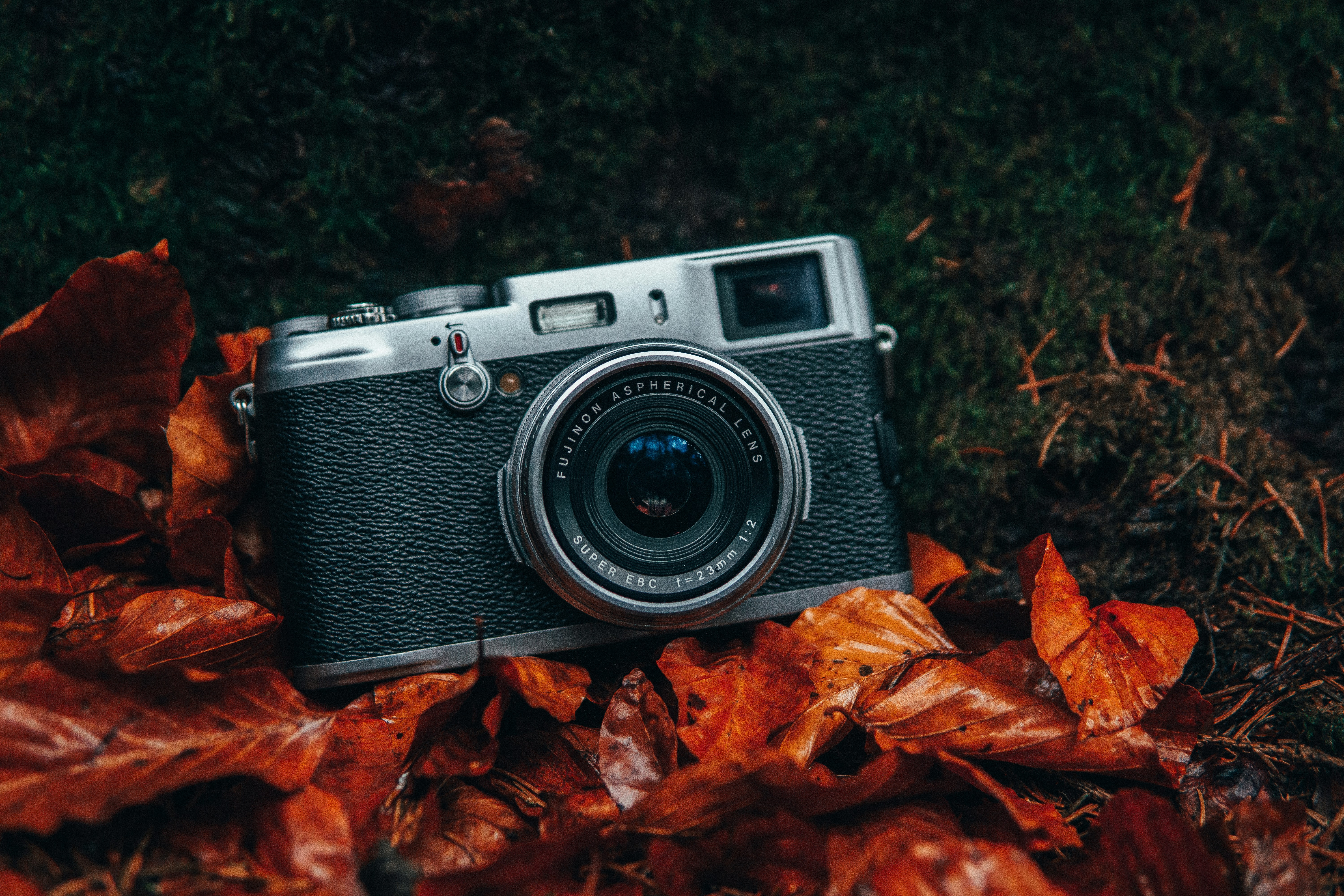
Application Scenarios
1. CCD night vision technology
CCD night vision technology is mostly used in areas requiring high resolutions, low noise levels and wide dynamic ranges such as military surveillance, security surveillance . Moreover, stable signal output with superior image quality has made it most preferred by many of these sectors.
2. CMOS night vision technology
On the other hand, CMOS night vision technology is often required where there is need for fast reading speeds as well as low power consumption flexibility among others such as camera phones for example drones aerial photography.. It is the perfect pick because of its quick readout ability and low-power nature present in the CMOS sensor.
Summary
CCD and CMOS are two of the most popular sensor technologies, with advantages and disadvantages during night vision applications. CCD excels in some areas due to its steady signal output, exceptional image quality and a wide dynamic range; whereas CMOS applies to more areas due to its high speed performance, less power consumption and adaptability. These two technologies will still have a place in the future of night vision as technology advances keep pouring in.

 EN
EN
 AR
AR
 DA
DA
 NL
NL
 FI
FI
 FR
FR
 DE
DE
 EL
EL
 HI
HI
 IT
IT
 JA
JA
 KO
KO
 NO
NO
 PL
PL
 PT
PT
 RO
RO
 RU
RU
 ES
ES
 SV
SV
 TL
TL
 IW
IW
 ID
ID
 SR
SR
 VI
VI
 HU
HU
 TH
TH
 TR
TR
 FA
FA
 MS
MS
 IS
IS
 AZ
AZ
 UR
UR
 BN
BN
 HA
HA
 LO
LO
 MR
MR
 MN
MN
 PA
PA
 MY
MY
 SD
SD

